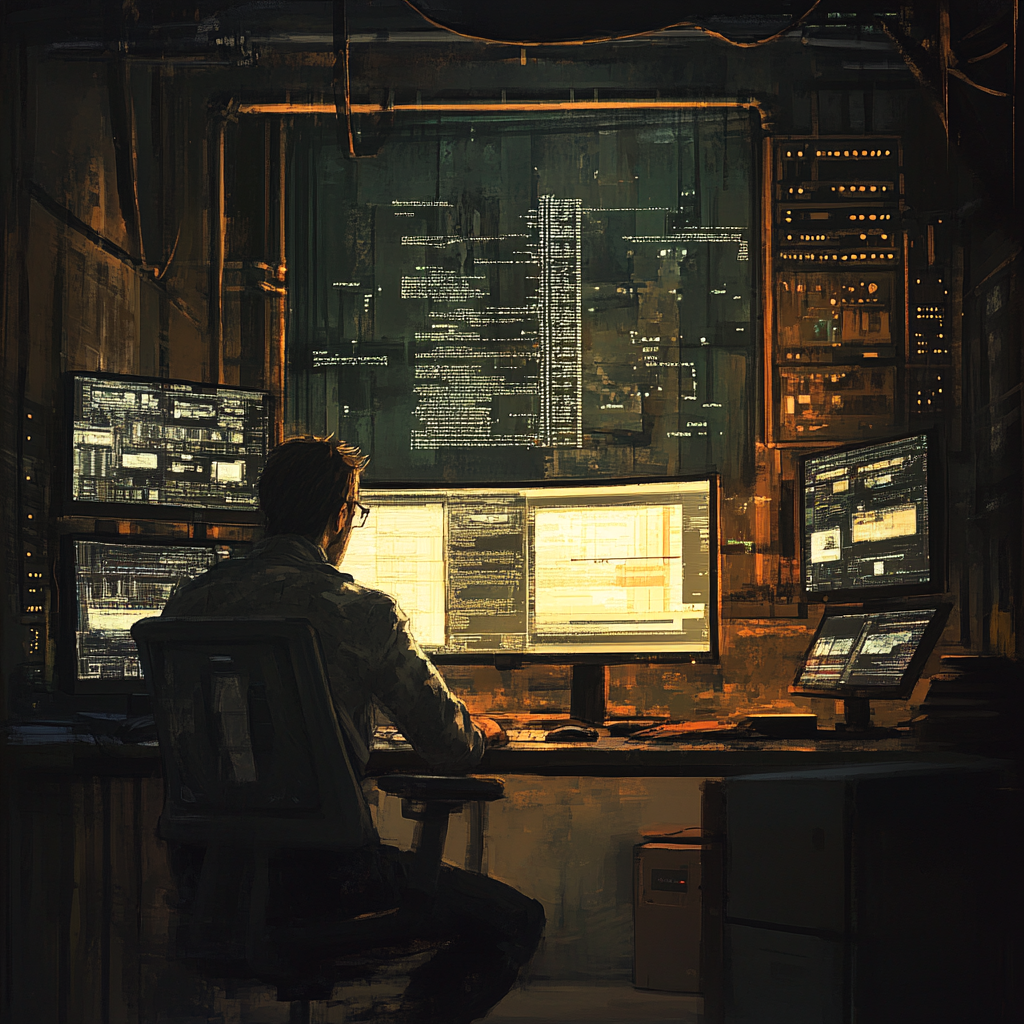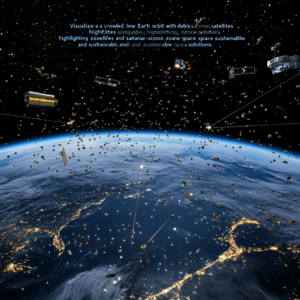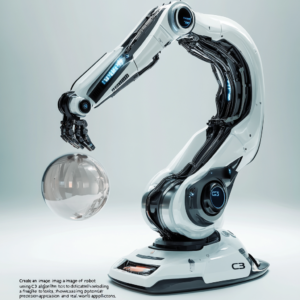
AI Unveils Benchmark Tool to Measure Agents’ ML Engineering Performance
In a recent tango between innovation and intellect, OpenAI has waltzed onto the stage with a shiny new tool, aptly named MLE-bench, which is set to redefine the way we evaluate AI agents. Imagine an advanced assessment tool that subjects AI to real-world data science tasks, counting the hours and quirks it takes to match human intelligence. Well, that’s exactly what MLE-bench does, and it’s as captivating as a well-directed thriller.
What is MLE-bench, you ask? Let’s break it down. Picture a challenging obstacle course where AI agents compete in their machine-learning prowess. This benchmark has taken a collection of 75 competitions—sourced from the hallowed halls of Kaggle, the esteemed battleground for data scientists—and transformed them into a litmus test for AI wonder machines. It’s not child's play, mind you. These competitions are dressed in the garb of real-world challenges spanning language processing, computer vision, and even signal processing. If that doesn't get your tech-savvy heart racing, I don't know what will!
Now, before you get too giddy imagining AI agents strutting their stuff, let’s chat about human baselines. How do we measure success, you may wonder? MLE-bench doesn’t just throw benchmarks into the void; it looks to Kaggle leaderboards for the ultimate measurement stick. That’s right! The gold-standard performances of human competitors have become the yardstick by which AI is measured. So, if an AI agent manages to hit a similar note of brilliance in these competitions, it’s not just a victory; it’s practically a standing ovation.
The nitty-gritty of MLE-bench is worth a glance too—think of it as a toolbox filled with everything you need. It provides problem statements, datasets, local evaluation tools, and grading code that allows AI submissions to be carefully measured against human performances using metrics like area under the receiver operating characteristic (AUROC), mean squared error, and a plethora of domain-specific loss functions. Like a finely-tuned orchestra, every component plays a vital role in evaluating the performance and capabilities of our AI musicians.
Now let’s dive into what we’ve gleaned from this analytical adventure. The revelations have been enthralling! OpenAI’s latest and greatest model, o1-preview, took the stage alongside a specialized support structure known as AIDE and dazzled judges by earning medals in a staggering 16.9% of the competitions. Now that’s impressive! It shows that our silicone friends aren’t just a bunch of circuits—some can indeed dance in the league of skilled human data scientists. However, let’s not get ahead of ourselves—there are still considerable chasms between their performance and that of the humans. Our AI agents might ace standard techniques, but when it comes to adaptability or creative problem-solving, they often trip over their own digital shoelaces. That's not just a hiccup; it’s a clarion call reminding us of the irreplaceable value of human insight in data science.
What about the ripple effects of MLE-bench on our industries? Strap in, because this is where it gets intriguing. Imagine a future where AI can tackle intricate machine-learning tasks independently; the potential for accelerating scientific research and product development is staggering. This ushers in an era where human data scientists may find themselves collaborating with AI allies, significantly broadening the scope of machine learning applications. Yet, that raises a curious question: what happens to the role of human data scientists as AI continues to evolve? It’s like watching a butterfly emerge from a chrysalis—beautiful, yet a tad unsettling.
Now, let’s not overlook the open-source delight! OpenAI has decided to embrace the open-source ethos with MLE-bench, a move destined to democratize access to this powerful benchmarking tool. This means that researchers and developers from around the globe can join in, examining, utilizing, and even refining the benchmark. Who knows? The collaborative spirit might lead to the establishment of unified standards in evaluating AI’s journey through machine-learning engineering, a little beacon of hope for future developments and safety considerations in our digital landscape.
With MLE-bench lighting the way, we now possess a clearer lens through which to view AI’s advancement in machine learning engineering. It's an exciting time, but let's not kid ourselves—AI still has a long way to go before it can replicate the nuanced decision-making and creative flair of seasoned data scientists. As we look to the horizon, our challenge now lies in closing that gap and understanding how best to merge AI’s capabilities with the irreplaceable spark of human creativity.
Sounds like an exhilarating ride, doesn’t it? For those eager to keep their finger on the pulse of AI and machine learning, here are some resources you should dive into:
- Read the Paper: Discover the intricate details behind MLE-bench in the research paper available on arXiv.
- GitHub Repository: Want to peek under the hood? Access the MLE-bench code on GitHub.
- Kaggle Competitions: Embark on your own adventure by exploring the Kaggle competitions that have contributed to MLE-bench on the Kaggle platform.
And, of course, if you're keen to stay in the loop with the latest marvels in the realms of neural networks and automation, don't be shy! Subscribe to our Telegram channel: @channel_neirotoken. Join the conversation, and who knows, maybe you’ll be at the forefront of the next big AI sensation!

